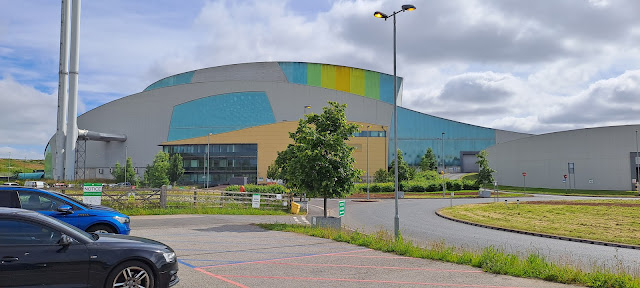Government analysis reveals complex interplay between infrastructure capacity, policy reforms, and regional needs as England approaches critical decisions on waste management investment.
The Department for Environment, Food and Rural Affairs (Defra) has announced significant changes to waste infrastructure planning, backed by new evidence showing England will have more incineration capacity than needed by 2035.Published in its Residual Waste Infrastructure Capacity Note, the analysis reveals that energy recovery capacity will reach 18.8 million tonnes (Mt) by 2035, against projected municipal residual waste of 19.4Mt. When combined with other treatment methods, total residual waste capacity will hit 24.9Mt, including allowance for landfill to manage 10 per cent of municipal solid waste.
The findings have prompted Defra to implement stricter conditions for new waste incinerator approvals, requiring developers to demonstrate both heat utilisation capability and carbon capture readiness once regulations come into force, predicated on the expectation that effective carbon sequestration projects will also be operational.
"For far too long, the nation has seen its recycling rates stagnate and relied on burning household waste, rather than supporting communities to keep resources in use for longer," said Circular Economy Minister Mary Creagh. "That ends today, with clear conditions for new energy from waste plants."
Current data shows 50 operational energy recovery facilities in England with a capacity of 14.3Mt, alongside 12 facilities under construction adding 3.9Mt, and 35 consented facilities potentially contributing another 9.5Mt. This consented capacity consists "almost entirely of proposed merchant facilities that have no underlying local authority contract," according to the analysis. More of this article (resource.co) - link - more like this (incineration) - link - more like this (2035) - link

No comments:
Post a Comment